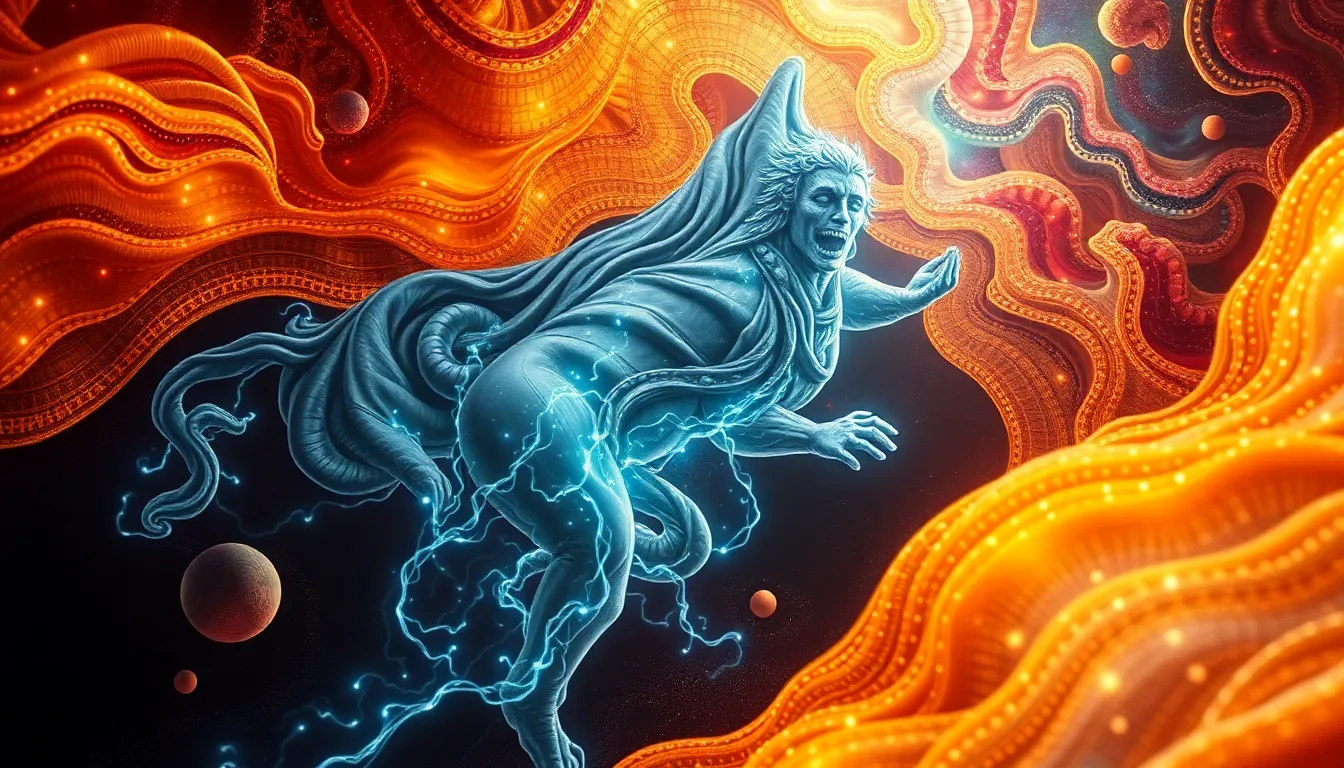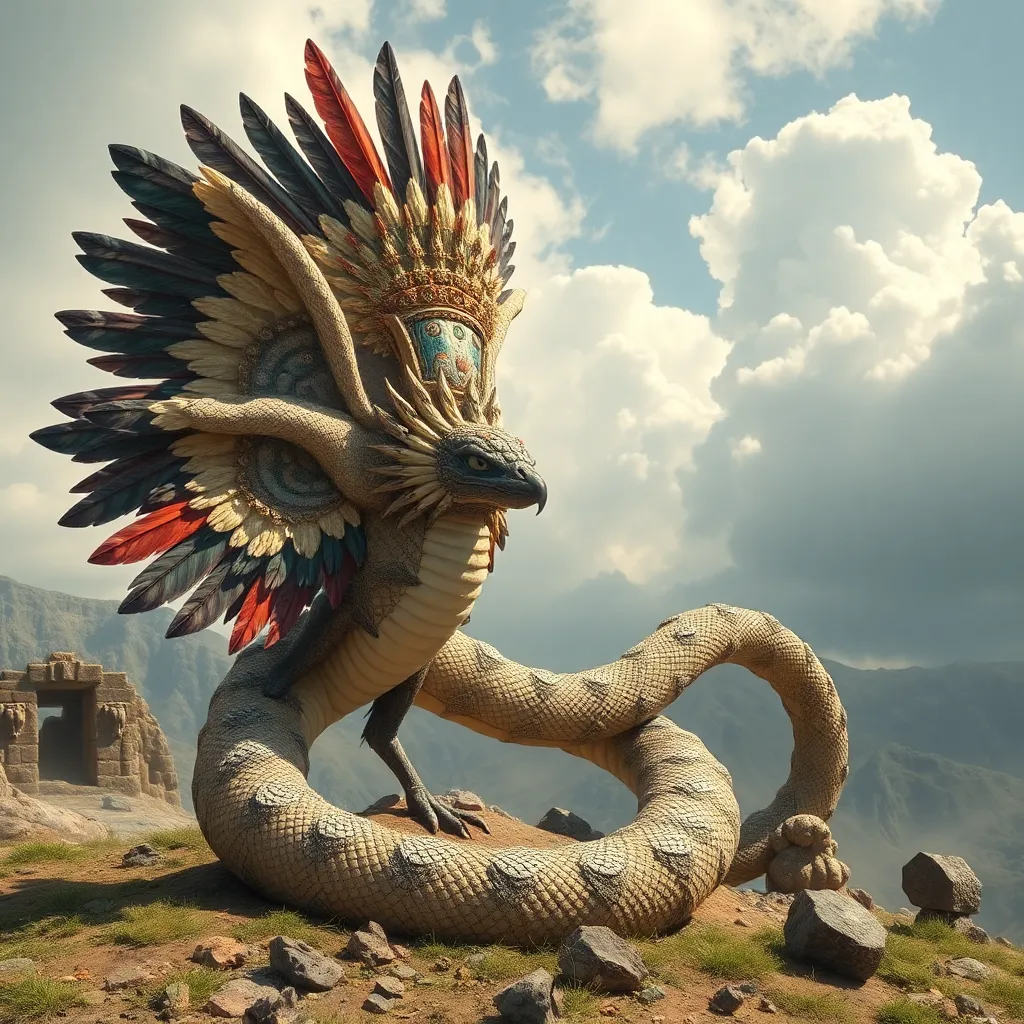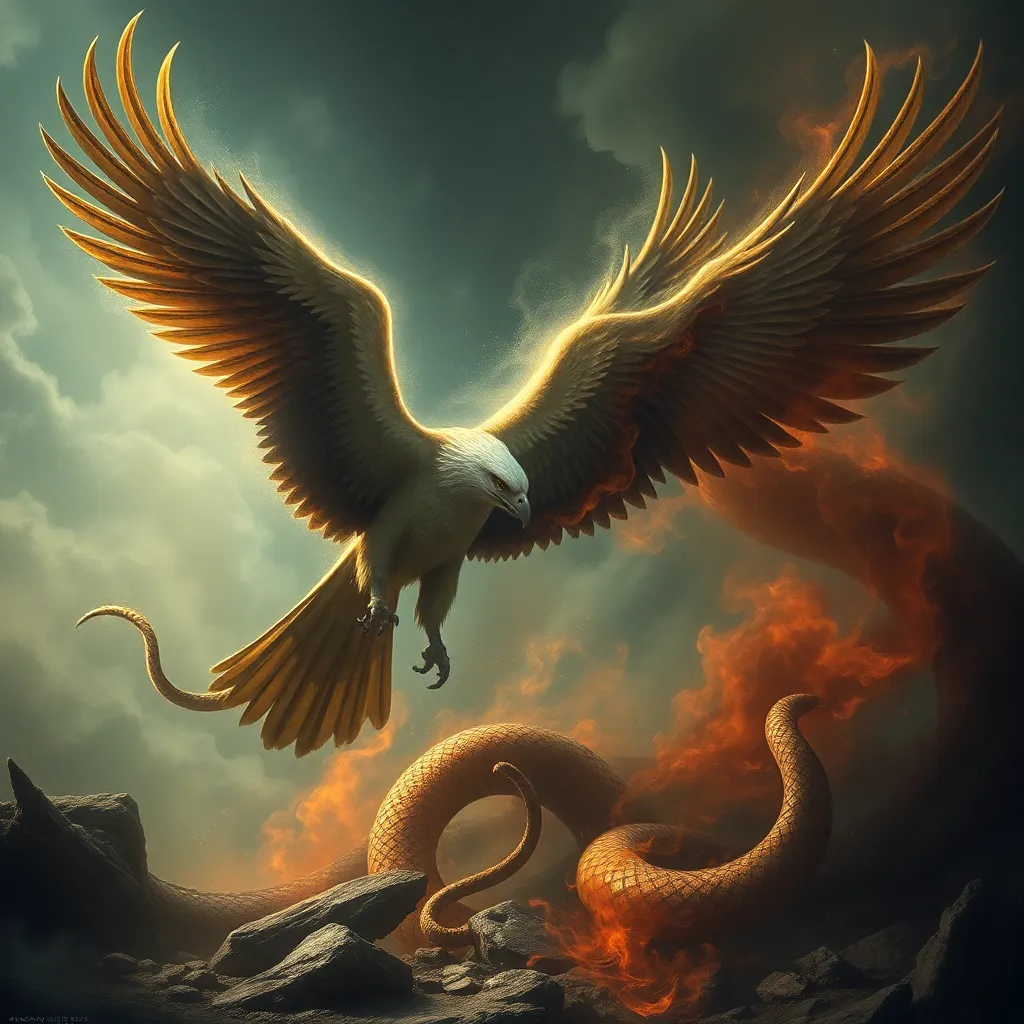The Fabric of Reality: Creation Myths That Weave Our Existence
I. Introduction
Creation myths are narratives that explain the origins of the universe, humanity, and the natural world. They often serve as foundational stories for cultures, encapsulating their beliefs, values, and understandings of existence. These myths not only provide a glimpse into the collective psyche of a society but also offer insights into how different cultures perceive their place in the cosmos.
The importance of creation myths lies in their role in shaping cultural identity and understanding human existence. They answer profound questions about life, death, and the universe, often reflecting the struggles and aspirations of the people who tell them. This article aims to explore various creation myths from different cultures, examining their themes, symbolism, and significance in the tapestry of human experience.
II. The Role of Myths in Society
Myths are more than just stories; they are integral to cultural identity. They provide a framework through which societies interpret their history, values, and the world around them.
- Definition and significance of myths: Myths are traditional stories that convey moral lessons, cultural norms, and historical events. They often feature gods, heroes, and supernatural elements.
- Myths as explanations: Many myths serve to explain natural phenomena, life cycles, and humanity’s place in the universe, providing comfort and understanding in the face of the unknown.
- Psychological and social functions: Creation myths can fulfill psychological needs by offering answers to existential questions and fostering a sense of belonging among community members.
III. The Cosmic Egg: Birth of the Universe
The motif of the cosmic egg appears in various cultures, symbolizing the universe’s potential and the beginning of all things. This archetype represents the idea of creation from a singular source, often embodying the duality of chaos and order.
Case studies illustrate this motif:
- Hindu Mythology: In Hindu tradition, the universe is said to have emerged from the cosmic egg known as ‘Hiranyagarbha,’ which translates to ‘golden womb.’ This egg contained all creation, and from it, Brahma, the creator god, emerged.
- Chinese Mythology: The Chinese creation myth features Pangu, who emerged from a cosmic egg. After awakening, he separated the heavens and the earth, ultimately shaping the world and giving rise to life.
- Greek Mythology: In Greek myth, the Orphic egg is a symbol of the cosmos’ origin, from which the god Phanes emerged, bringing light and order to the universe.
The symbolism of the egg as a source of life emphasizes the idea of potential, encapsulating the mystery of creation itself.
IV. The Divine Artisan: Gods as Creators
Many cultures depict creator deities as artisans who shape the world through their craftsmanship. These narratives often highlight the skill and creativity involved in the act of creation.
- Mesopotamian Mythology: In the Enuma Elish, the god Marduk defeats the primordial goddess Tiamat and uses her body to create the heavens and the earth, illustrating a narrative of artistry through divine conflict.
- African Mythology: In various African cultures, gods like Obatala are seen as creators who shaped humanity from clay, emphasizing the importance of artistry and the physical world in creation narratives.
- Native American Mythology: The Iroquois creation story features Sky Woman, who falls from the sky and lands on a turtle’s back. From her efforts, the earth is formed, showcasing the theme of nurturing and craftsmanship.
V. Chaos and Order: The Genesis of Existence
A recurring theme in many creation myths is the transition from chaos to order. This motif often reflects the human experience of transforming disorder into a structured existence.
Comparative analysis reveals intriguing parallels:
- Babylonian Enuma Elish: This myth begins with a chaotic primordial state where the gods emerge and engage in battle, leading to the creation of the world from the defeated goddess Tiamat.
- Biblical Genesis: The Genesis account starts with “the earth was without form and void,” showcasing the movement from chaos into an organized cosmos created by the divine word.
The transition from chaos to order not only conveys the narrative of creation but also mirrors humanity’s struggle to impose structure on their lives.
VI. Nature and the Elements: Creation Through the Earth
Some myths emphasize the vital role of nature and the elements in creation, illustrating the interconnectedness between humanity and the environment.
Case studies include:
- Indigenous Australian Myths: The Dreamtime stories depict a time when ancestral beings shaped the land, animals, and people, emphasizing the sacred relationship between nature and creation.
- Polynesian Myths: In Polynesian cultures, the god Maui is credited with many feats of creation, including fishing up islands from the ocean, showcasing the significance of the sea and land in their narratives.
These myths highlight the relationship between humanity and the natural world, reinforcing the idea that creation is a collaborative process between divine forces and the earth itself.
VII. The Hero’s Journey: Creation Through Sacrifice
Many creation myths feature a hero archetype, where the act of creation involves sacrifice, death, and rebirth. These narratives explore themes of transformation and the cyclical nature of existence.
- Norse Mythology: The creation of the world from the body of the giant Ymir emphasizes sacrifice. After Ymir’s death, his flesh became the earth, his blood the oceans, and his bones the mountains.
- Aztec Mythology: The god Tezcatlipoca sacrificed himself to create the world, illustrating the theme of death leading to new beginnings.
These themes of sacrifice and rebirth resonate with the human experience, reflecting the struggles inherent in creation.
VIII. Modern Interpretations of Ancient Myths
Creation myths remain relevant in contemporary society, often adapted and retold in various forms of literature and media. They provide a lens through which modern audiences can explore age-old questions about existence and identity.
- Literature and Media: Many authors and filmmakers draw inspiration from traditional creation myths, reinterpreting them to fit modern narratives, such as in graphic novels and films.
- Science and Technology: Advances in science have led to new interpretations of creation, challenging traditional narratives while often finding parallels in ancient stories.
IX. The Interconnectedness of Creation Myths
Across cultures, creation myths share common themes and motifs, revealing the interconnectedness of human experience. Geography, environment, and cultural exchange influence these narratives, highlighting the diversity of human thought.
- Common themes: Many cultures feature the cosmic egg, divine artisans, and the hero’s journey, suggesting a shared quest for understanding.
- Globalization: The exchange of ideas in our interconnected world reshapes our understanding of these myths, allowing for new interpretations and adaptations.



